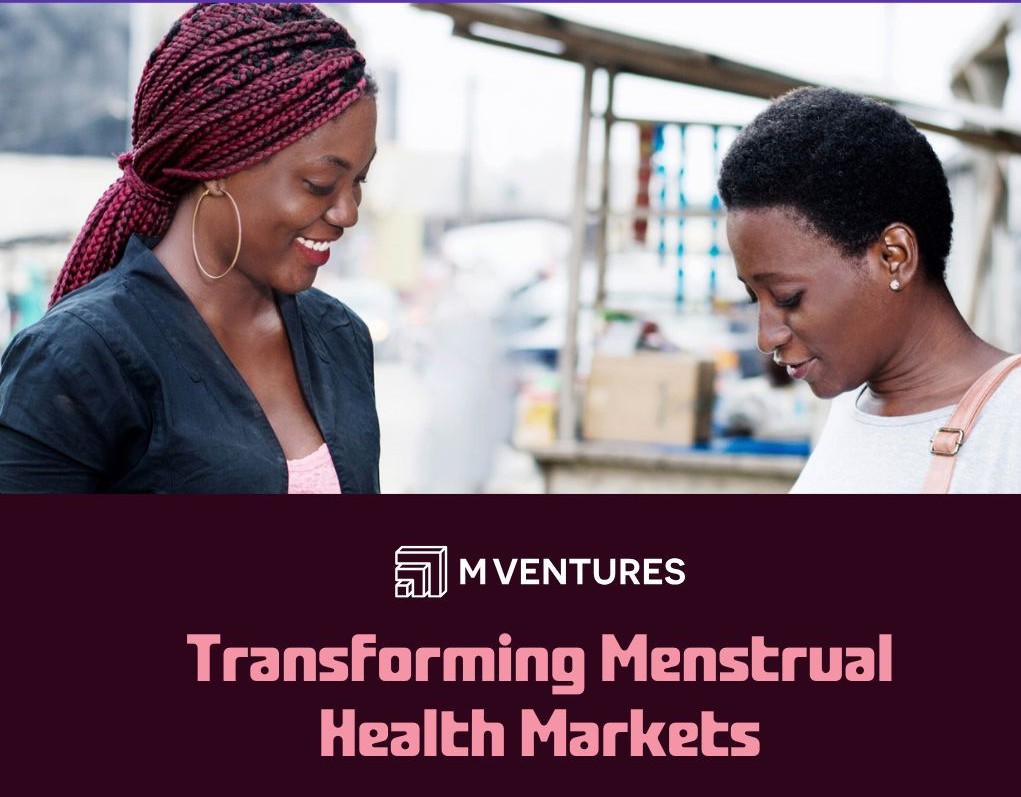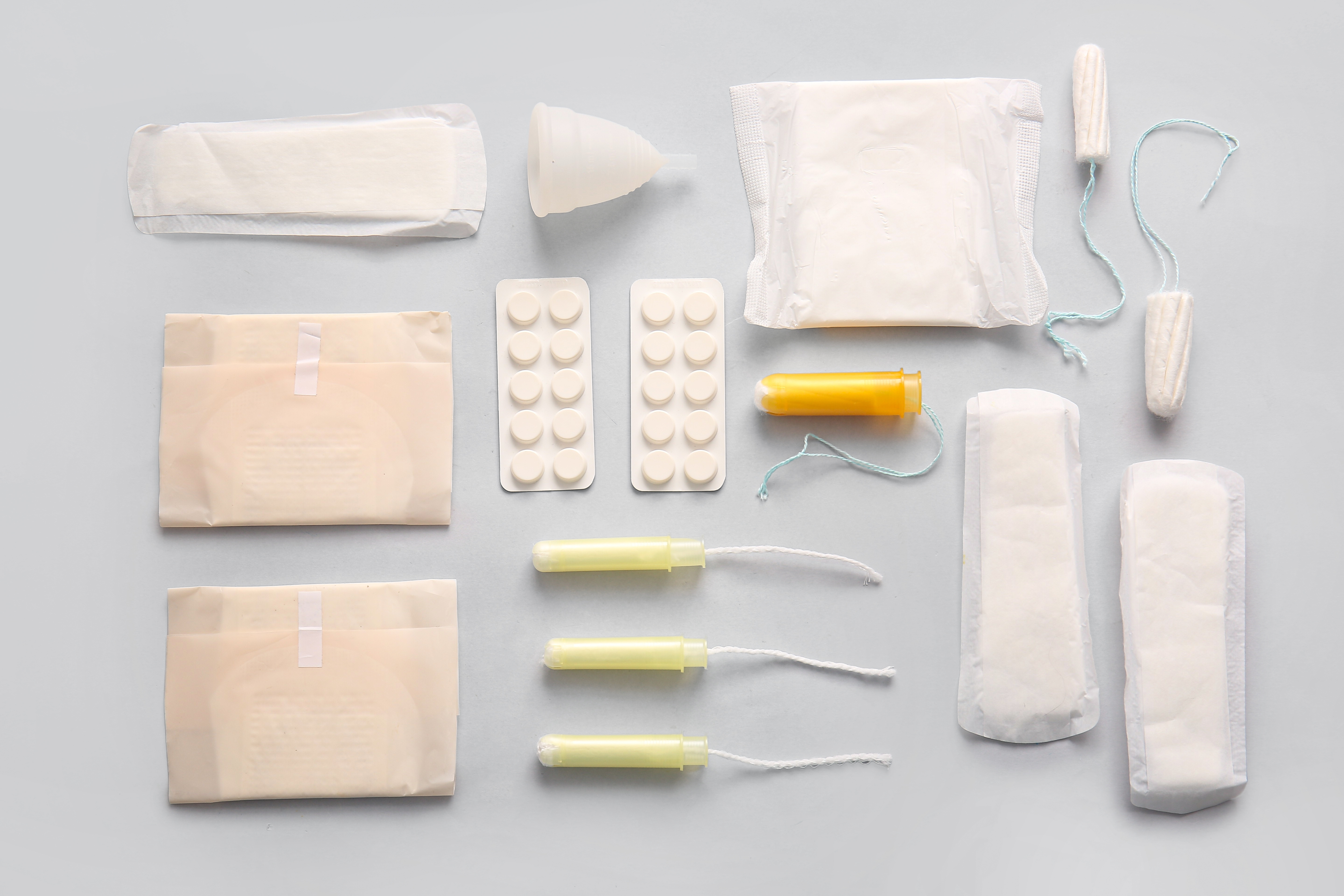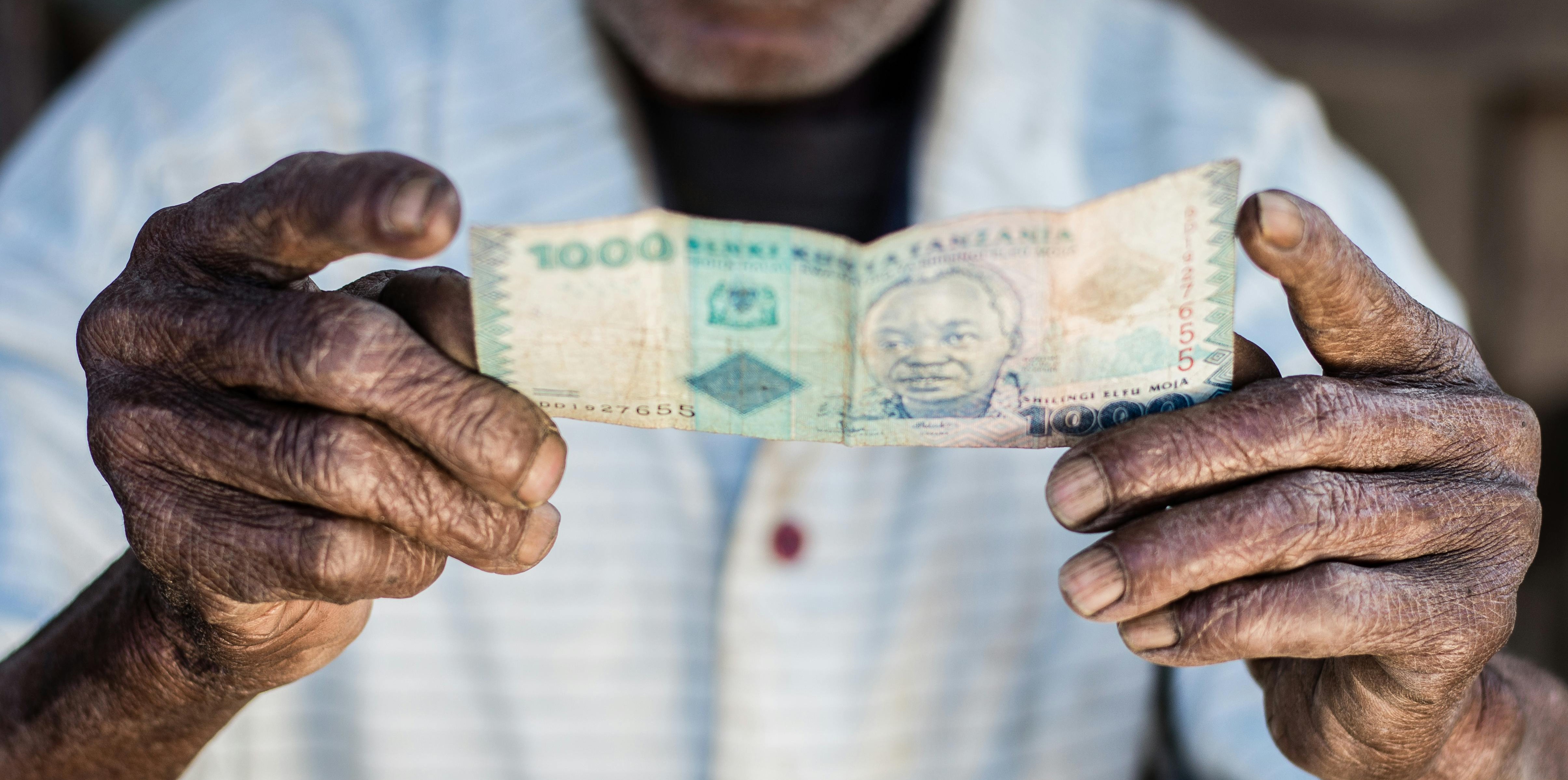
Setting global product standards for menstrual health: The work starts now

At present, there are no global industry standards for menstrual products required by millions of women and girls every month to manage their period. This oversight is a significant barrier to a thriving, inclusive menstrual health market, and the health, safety, and dignity of women and girls worldwide.
1.8 billion people around the world menstruate every month. And yet, menstrual products such as pads, tampons, and menstrual cups do not have globally recognized product standards, needed to ensure safety, quality, and accessibility for all women and girls.
Why standards matter for menstrual health
Standards ensure that products meet minimum safety requirements, are effective, and do not pose health risks. Paperclips, for example, must meet specific size, material, and durability standards to ensure they function as intended. Similarly, screws are subject to rigorous standards to ensure they fit properly and can bear the required load. These standards exist because even the simplest products can cause harm if they fail to meet basic safety criteria.
Yet, menstrual products, used by women and girls around the world every month, have no global standards as at present to ensure their safety or quality. This discrepancy is striking and concerning given the potential health risks associated with low-quality or unsafe menstrual products. Toxic shock syndrome (TSS), infections, and allergic reactions are just a few of the risks that can arise from using substandard products and a first study into the presence of heavy metals in tampons showed concentrations of all or most of 16 metals, from arsenic and mercury to lead and cobalt in varying amounts. In Low- and Middle-Income Countries (LMICs), where access to safe menstrual products is already limited, the absence of standards exacerbates the problem, as women and girls may need to rely on unsafe products to fill any gaps in availability. Importantly, standards are essential prerequisites to manufacture products, get them on shelves and into markets and can determine which products may be available for users, at what price etc.
“Setting standards means unlocking opportunities for manufacturing, retail and trade - and impact for millions of women and girls,” says Wendy Anderson. Co-founder of The Case for Her.
Without global standards, the quality and types of menstrual products available can differ significantly from country to country. This inconsistency is a glaring failure - and a significant market barrier - that the International Organization for Standardization (ISO), through its Technical Committee (TC) ISO/TC 338, is aiming to address. The committee is presently developing menstrual product standards for four categories: single-use pads and tampons, reusable cloth-based products (underwear), and menstrual cups - work that is expected to be completed by 2027.
“This is the world’s once-in-a-lifetime opportunity to shape standards - and a market,” says Gerda Mazi Larsson, Chair of ISO/TC 338.
SHF’s role in advancing global standards for menstrual products
Through its global MHH initiative, Capital M, SHF is working with key partners like the Reproductive Health Supplies Coalition (RHSC) and the Swedish Institute for Standards (SIS) to address the gaps in menstrual health. Together, we are working to ensure the global standards in development prioritize safety, accessibility, and equity for menstrual products particularly in LMICs. Our goal is to drive active participation of LMICs in the global process to help ensure menstrual products everywhere meet health and safety standards, and break down access barriers. Simply put, we want to ensure women and girls everywhere have access to safe, quality and affordable menstrual products, they can rely on, in every sense of the word.
“Global quality standards will have direct impacts on the menstrual product choices available to the millions of women and girls in LMICs currently relying on non-purpose-made materials. By ensuring an inclusive, global process, we can level the playing field, for countries to participate in the process and adopt the standards nationally, for markets and businesses to grow and scale, and most importantly, for women and girls and the choices they make,” explains Sue Coates, Deputy Executive Director, SHF and Lead for Capital M.
Building on this, national experiences can provide critical insights for shaping global frameworks, also facilitating their adoption once finalized and opening up market opportunities. "Kenyan women have long been at the forefront of innovation and leadership. Their experiences, along with those of other emerging economies, must be recognized and integrated into global standards for menstrual products,” says Ken Odour, Kenya Bureau of Standards.
As the work on establishing these essential standards gets underway, SHF is inviting organizations to join SHF’s Commitment to Action with the Clinton Global Initiative (CGI), urging an alignment of global efforts to reshape menstrual health worldwide. By signing on to the CTA, partners can help drive change through stronger regulatory and trade policies and data and establish the standards needed to improve menstrual health and products for millions of women and girls in LMICs.
To learn more about the intersection between trade, policy and menstrual product regulation, read our interview with SHF MHH Markets Specialist Adrian Dongus.
It’s time to set the standard - because no woman or girl should have to compromise her health or dignity - period.



